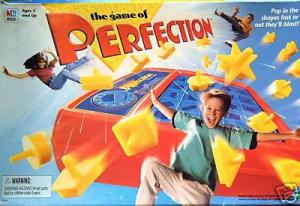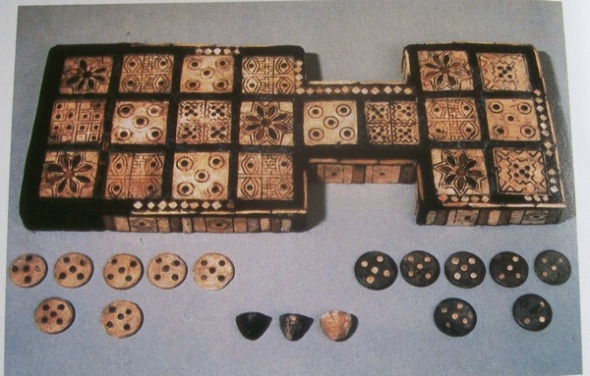An Investigation Begins
Our brains were meant for using.
This is my primary creed. That philosophy underlies so much of what I am passionate about in this world. If you saw my post about taffy, you’ll know that I consider humor an essential exercise in brain power. I studied philosophy because I wanted to stretch the limits of my understanding. And I play games because I think that the capacity of “play” is essential, CRUCIAL, to our existence as living beings.
I am not alone in my passion for gaming. An entire subculture has sprung up around the term. Video games were always a bonus: an extra bit of glitz and glamour whose foundation was a game. My passion is for the Game*, which I will define as the fiddly bits of tactics and choice that make for an engaging solution to an interesting problem. And, as abstractions often are, I find board games a more pure representation of this concept.
Again, I am not alone. Board games are exploding.
In this modern era, why are non-video games (can we just call them ‘analog’ games?) on the rise as a culture?
Analog gaming has been a part of a vibrant subculture for the past 30 or 40 years. But where have these games been in the larger public eye? How are they trending?
Roleplaying games have remained at a fairly steady level of popularity since our old pal Gary Gygax churned out the original Dungeons and Dragons (or, if you’re nitpicky, Chainmail). The D&D license is still the strongest property on the market – currently owned by Hasbro/Wizards of the Coast – but even with the lion’s share of the marketplace, their business model hasn’t worked out fantastically for them. Often, they’ve tried to maximize their profits by releasing a horde of supplemental resources (I’m looking at you, D&D3.5) which were ignored or pirated by the masses who bought their core rulebooks and moved on. These days, the ease of digital distribution means that the business is moving to more independent developers and more direct downloads – cutting out the distributors and booksellers*.
Card games are still doing quite well – at least in the Collectible Card Game (CCG) formulation. Richard Garfield and his Magic: the Gathering team exploded into monetary success with the advent of the collectible business model: sell randomly distributed packs to get the most bang for your buck. (This Extra Credits vid really gets into the psychology of the model*). My research has not turned up exact numbers, but let’s look at a bit of the information I do have:
- When Hasbro bought Magic in 1999, their games division profit doubled from $208 million to $440 million.
- The Magic brand continued to increase sales each year since.
- The used card market makes about a million dollars a day. (page 11, if you follow the link).
That being said, this profitable market is mostly focused on younger players: the 12-16 year-old demographic. (Though apparently the average age of a Yu-Gi-Oh player is twenty-damn-three!?) Adult enthusiasts for this genre have shifted their focus to something more financially sensible from a consumer standpoint: “Living” Card Games* with non-random packs, or deckbuilder games* like Dominion where deck construction is the whole of the game.
Board games, on the other hand, are on the rise. Since the arrival of German-style board gaming in the 1980’s*, the culture surrounding boardgaming has exploded, and continues to insinuate itself into a larger and wider audience. Spiel*, the annual boardgaming convention in Essen, Germany, has pulled in about 150,000 attendants in each of the past few years and hosts more vendors than any other game convention.
In the upcoming posts, I plan to investigate the nature of this phenomenon. If my estimation is correct, and boardgaming is posed on the brink of a full-fledged entry into popular culture, what has led us to this point? Along the way, I expect to discuss things of interest to gamers and non-gamers alike: game theory, economics, anthropology, and little wooden cubes.
__~~__~~__~~__~~__~~__~~__~~__~~
Many of you may be objecting: “But, Scofflaw, board games have been around forever! My grandparents played Monopoly and Risk, and the Royal Game of Ur is almost 5000 years old!”
I hear you.
The fact that board games have been a part of our mindset and culture for so long is part of what I’m talking about here. I also want to talk about what is happening with boardgames now: something passionate with conventions, research on game and fun theory*, and boardgaming becoming a legitimate force in the entertainment industry.
Come with me.
It’ll be fun.
___________________________
*Asterisks represent topics that I expect to go into more deeply along the way. Patience, cardflopper.



Recent Comments